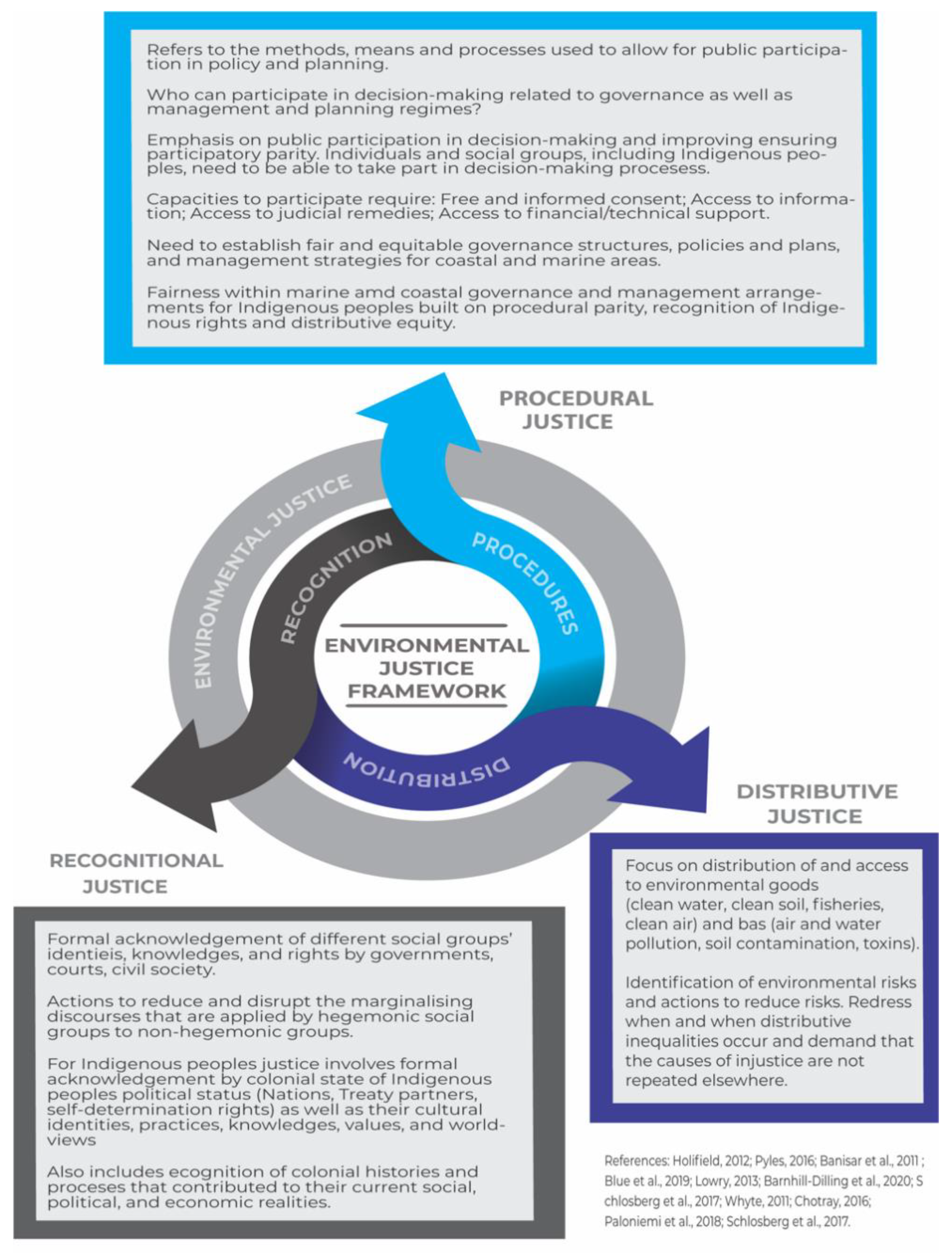Abalone: History, Cultural Significance, and Sustainable Practices
Abalone has ancient origins dating back thousands of years. In ancient China, it symbolized good fortune and prosperity, often featured in banquets and rituals. Japanese coastal communities also revered abalone, using it in ceremonial offerings. Evidence shows that indigenous people of North America, particularly in California, relied on abalone as a food source, incorporating it into their daily diet and celebrations. These cultural connections highlight abalone’s deep-rooted significance across different societies.
Changes Over Time
The consumption and utilization of abalone have evolved significantly. During the 19th century, commercial harvesting increased, leading to overfishing concerns. Conservation efforts emerged in the mid-20th century, focusing on sustainable practices and farming techniques. Market demand has expanded globally, with chefs incorporating abalone into diverse culinary traditions. Additionally, technological advancements in aquaculture have helped stabilize abalone populations, ensuring its continued availability for future generations.
Culinary Practices Involving Abalone
Preparation Techniques
Expert chefs often adhere to specific methods to prepare abalone. Cleaning the shellfish thoroughly removes sand and debris. Tenderizing involves pounding the meat with a mallet to soften its texture. Marinating abalone in a mix of soy sauce and ginger enhances its flavor. Slicing thinly allows for even cooking. Avoid overcooking to retain its tenderness, often achieved by quick sautéing or steaming.
Popular Recipes
Abalone stir-fry features thin slices cooked quickly with garlic and vegetables. In Japanese cuisine, sushi chefs prepare abalone nigiri, serving it raw atop vinegared rice. Korean abalone porridge, or jeonbokjuk, involves simmering the shellfish with rice and stock. For those preferring soups, Chinese braised abalone combines soy sauce, oyster sauce, and ginger in a slow-cooked broth. Experienced cooks ensure minimal handling to preserve abalone’s delicate flavor.
Nutritional Value of Abazole
Health Benefits
Abalone provides a rich source of essential nutrients. It contains high-quality protein, supporting muscle repair and maintenance. Omega-3 fatty acids, abundant in abalone, promote heart health by reducing cholesterol levels and lowering the risk of heart disease. This shellfish is also a good source of vitamins and minerals, including Vitamin B12, selenium, and iodine, which boost energy levels, enhance immune function, and support thyroid health respectively.
Dietary Considerations
Abalone is low in fat and calories, aligning well with weight management goals. A 100-gram serving contains approximately 105 calories and only one gram of fat. Due to its high protein content, abalone can keep you feeling full longer, reducing overall calorie intake. However, consider that some preparation methods may add extra fat and sodium. Grilling, steaming, or lightly sautéing abalone maintain its nutritional integrity better than frying. Adjust portion sizes and preparation based on your dietary needs while enjoying this nutrient-dense seafood.
Economic Impact of Abalone Fishing
Industry Challenges
Traditional abalone fishing faces several challenges impacting its economic viability. Overfishing in the past has led to dwindling abalone populations, causing resource scarcity. Regulatory measures, such as fishing quotas and seasonal restrictions, have been implemented to curb depletion, but these limit the number of harvestable abalone and thus affect supply. Natural threats, including pollution and climate change, exacerbate these issues by damaging abalone habitats and breeding grounds. Escalating operational costs, driven by the need for sustainable practices and advanced technology, pose further financial burdens on fishers and communities dependent on this trade.
Sustainability Efforts
Efforts to ensure the sustainability of abalone fishing are crucial for its economic impact. Governments and organizations have introduced initiatives aimed at replenishing abalone stocks through aquaculture and habitat restoration projects. Marine reserves and protected areas have been established to safeguard breeding populations and allow for natural recovery. Research and technological advancements in aquaculture have led to more efficient and eco-friendly farming techniques, reducing the pressure on wild populations. Consumer education campaigns encourage responsible consumption by highlighting sustainable sourcing. These collective efforts help stabilize the market, ensure long-term viability, and protect the livelihoods of those reliant on traditional abalone fishing.
Conclusion
Traditional abalone holds a rich tapestry of cultural significance and culinary delight. Understanding its historical roots and the journey to modern sustainable practices gives you a deeper appreciation for this oceanic treasure. As you savor abalone in your favorite dishes, you’re not just enjoying a meal but also partaking in a legacy that spans continents and centuries. Supporting sustainable practices ensures that this delicacy remains available for future generations while protecting the marine ecosystem. So, the next time you indulge in abalone, remember the intricate balance of history, culture, and sustainability that makes it truly special.






